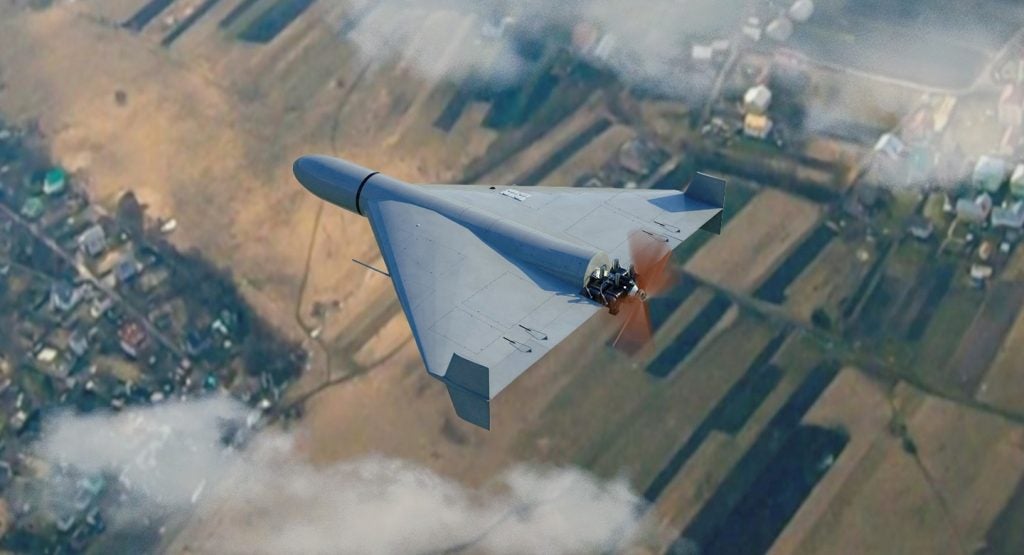US approves $10.5bn sale of Patriot defence system to Poland
The US Defense Security Cooperation Agency (DSCA) notified Congress of an estimated $10.5bn foreign military sale of integrated air and missile defense (IAMD) battle command system (IBCS) enabled Patriot Configuration-3+ weapon system with modernised sensors and components to Poland.
The potential sale package covers 208 Patriot Advanced Capabilty-3 (PAC-3) missile segment enhancement (MSE) missiles and 11 PAC-3 MSE test missiles.
It also includes four AN/MPQ-65 radar sets, four engagement control stations and four radar interface units (RIU) modification kits to support Phase I of a two-phase programme for the IAMD IBCS-enabled Patriot system.
Trump requests additional $4bn to counter threat from North Korea
US President Donald Trump is seeking another $4bn in the defence budget for fiscal 2018 to enhance missile defence capabilities to counter ballistic missile threats from North Korea.
How well do you really know your competitors?
Access the most comprehensive Company Profiles on the market, powered by GlobalData. Save hours of research. Gain competitive edge.

Thank you!
Your download email will arrive shortly
Not ready to buy yet? Download a free sample
We are confident about the unique quality of our Company Profiles. However, we want you to make the most beneficial decision for your business, so we offer a free sample that you can download by submitting the below form
By GlobalDataIf approved, the budget amendment supports efforts to detect, defeat and defend against any North Korean use of ballistic missiles against the US, its deployed forces, allies or partners.
Trump also requested $700mn to repair damage and restore the operational readiness of the USS John S. McCain and the USS Fitzgerald.
Australia approves $1.06bn battlefield command system project
The Government of Australia approved an A$1.4bn ($1.06bn) project to procure a new battlefield command system for the nation’s army.
The system allows commanders to plan, monitor, direct and review operations in real time, according to Australia Minister for Defence Industry Christopher Pyne.
Under the Land 200 Tranche 2 project, Elbit Systems of Australia will improve the battle management system software delivered under Land 200 Tranche 1.
SAIC wins $980m order to help field new technologies to warfighters
Science Applications International Corp (SAIC) received a $980m task order to provide software and integration work for the US Army warfighters in the field.
The Battlefield Systems task order was awarded under the General Services Administration (GSA) One Acquisition Solution for Integrated Services (OASIS) contract vehicle.
GSA’s OASIS contracts are awarded for the delivery of programme management, management consulting, logistics, engineering, scientific, and financial services.
Nato to send 3,000 more troops to Afghanistan
Nato is to deploy additional troops in support of the Resolute Support training mission in order to train, advise and assist the Afghan National Defense and Security Forces (ANDSF) in their fight against Taliban and insurgents.
An additional 3,000 soldiers will be sent to Afghanistan, a move that will increase the total number of troops in Resolute Support from around 13,000 to close to 16,000.
Nato Secretary General Jens Stoltenberg said: “Nato will review our Resolute Support Mission in Afghanistan together with our partners.”
British soldiers test vehicles driven by Xbox-style controllers
British soldiers test all-terrain 4×4 vehicles that can be operated using Xbox-style controllers, during an exercise in Michigan.
As part of its investment in new technology, the UK Ministry of Defence (MoD) is working alongside the US Army on autonomous resupply.
The investment also covers driverless trucks in convoy and Hoverbike drones for delivering supplies in the most dangerous ‘last mile’ up to the battlefield, the MoD stated.
US Army researchers develop sensors to detect aircraft damage
Researchers from the US Army developed a series of new networked acoustic emission sensors, which are capable of detecting airframe damage that may occur during service.
The new sensors have been tested on-board the UH-60 Black Hawk rotorcraft by research staff at the US Army Research Laboratory (ARL) and the US Army Aviation and Missile Research, Development and Engineering Center.
The ARL has been studying the feasibility of several possible alternative rotorcraft airframe health-monitoring solutions for almost two years.
BAE Systems develops new technology to block laser attacks
BAE Systems developed a new system that can protect pilots and flight crew from hostile laser attacks.
The new lightweight, flexible solution uses a novel film to block dangerous laser light that could otherwise affect pilots’ vision during flight.
The company noted that the system prevents laser transmission while allowing a high level of natural light to pass through the canopy with minimal colour distortion.
Otokar submits proposal for Altay serial production in Turkey
Otokar submitted a proposal to the Turkish Undersecretariat for Defence Industries for the serial production of the Altay main battle tank (MBT).
The company has offered Altay for Turkey’s Modern Tank Production Project by using National Sources initiative.
The Undersecretariat for Defence Industries had called for bids for Altay’s serial production work and integrated logistics support services in July.
QinetiQ opens new laser technology testing facility in UK
QinetiQ opened a new facility that will develop and test advanced laser technology for military or commercial applications.
The new ‘centre of excellence’, called Dragonworks, will test technologies associated with high-energy lasers, including the UK’s laser directed energy weapon (LDEW).
The facility features a clean-room and reflective hazard assessment tool (RHAT) that is designed to examine how laser energy is reflected from different surfaces.







